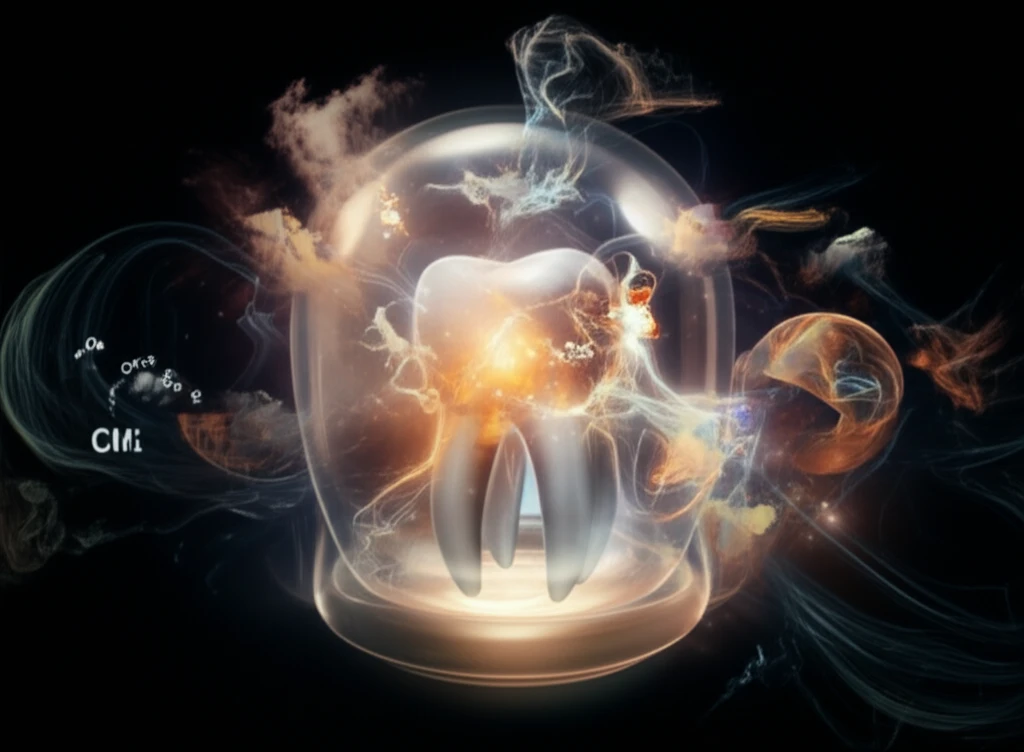
Pulp Capping Materials: Are We Using the Best Ones?
"A deep dive into the latest research on long-term clinical effectiveness of pulp-capping materials and what it means for your dental health."
For years, the standard approach when a dental pulp was exposed involved a pulpectomy, which basically meant removing the pulp. The thinking was that once exposed, the pulp couldn't recover. But, in 1989, a groundbreaking report by Stanley revealed the dental pulp has regenerative abilities, suggesting that saving the pulp is possible.
This led to vital pulp therapy, including direct pulp capping (DPC), to preserve pulp tissue when exposure occurred due to cavities, trauma, or accidents during dental procedures. Direct pulp capping involves placing a protective material directly over the exposed pulp to encourage healing and maintain the tooth’s vitality.
Many materials have been used for DPC, but figuring out which one works best has been an ongoing question. To get some clarity, a review was conducted to assess the clinical success of different DPC materials based on reliable studies with long-term follow-up. The goal is to recommend the most effective materials for direct pulp capping, ensuring better outcomes and lasting dental health.
MTA vs. Calcium Hydroxide: Which Pulp Capping Material Offers Better Long-Term Success?

When it comes to direct pulp capping, two materials have been studied extensively: mineral trioxide aggregate (MTA) and calcium hydroxide (CH). A recent review analyzed numerous studies to compare their long-term effectiveness.
- Calcium Hydroxide (CH): CH has been a staple in dental practice since the 1920s, thanks to its high pH, which helps kill bacteria and promote dentin bridge formation. However, CH has drawbacks: its high pH can irritate the pulp, potentially leading to inflammation and necrosis. It can also cause tunnel defects in the dentin bridge and degrade over time, jeopardizing the long-term seal.
- Mineral Trioxide Aggregate (MTA): Developed in 1993, MTA is a calcium silicate-based cement known for reducing pulpal inflammation and promoting predictable hard tissue formation. Studies show it results in less inflammation and more reliable hard tissue formation compared to CH.
The Future of Pulp Capping: What's Next?
While the review suggests MTA is more effective and predictable than calcium hydroxide, the results are based on studies with a high risk of bias. More high-quality, long-term clinical trials are needed to confirm these findings and explore the potential of newer materials like Biodentine and Endocem. Ultimately, the goal is to provide dental professionals with the best tools for preserving tooth vitality and ensuring optimal patient outcomes.
